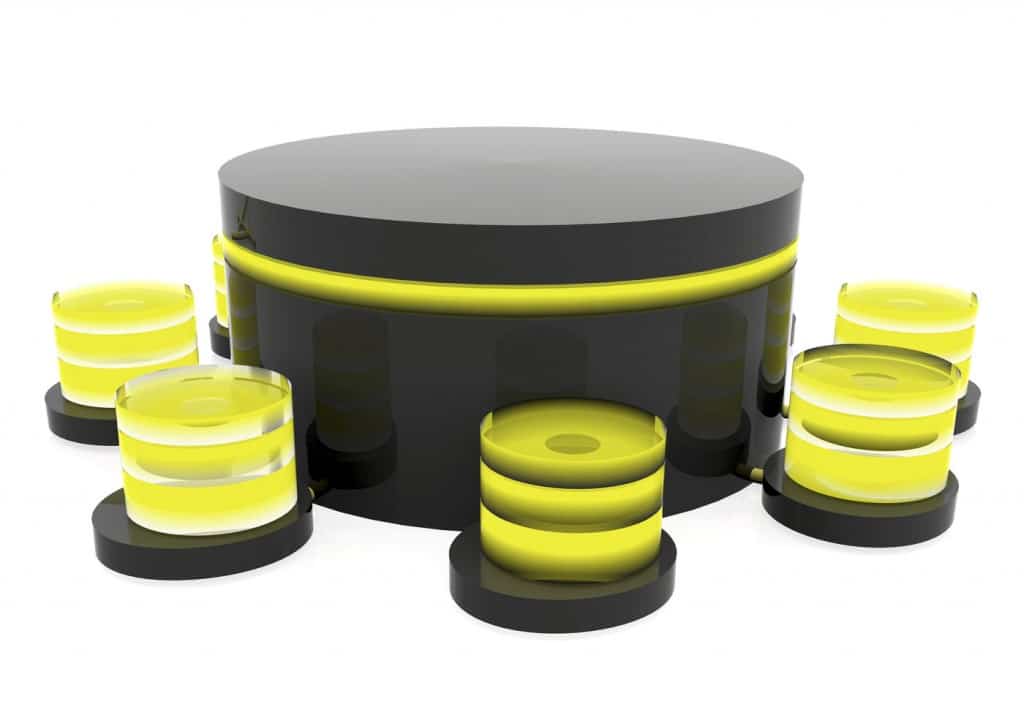As such, it needs to be taken care of in the same way as other business assets, such as computer hardware or vehicles. It is generally accepted in the data centre industry that data storage needs are set to grow hugely in the coming years, increasing the workload for existing data storage and colocation services, and encouraging new data storage players into the industry.
But if your organisation is looking for a new data centre partner in 2013, what capabilities and qualities should you be looking for?
The data centre’s long term plans
Find out about any prospective data centre’s future plans. Do they have aspirations to grow? If so, in which direction, targeting which markets? Have they printed formal documents that outline their plans? Do they offer colocation services to organisations in your sector? Do they plan to? If so, will the requirements of firms in other sectors inflate the costs of using the data centre? Will those requirements put restrictions on the way your firm uses the provider’s services?
Management set up
“Data Centre Site Infrastructure Tier Standard: Operational Sustainability” from The Uptime Institute suggested that around 70% of data centre outages are down to human error. It is therefore crucial that maintenance, training and overall management is up to scratch. Request the firm’s documentation on these processes and procedures.
A safe location
All data centres can guarantee, to a certain degree, what occurs on their own premises, but what about what happens outside? Recent earthquakes in Japan and New Zealand have demonstrated that buildings can be subject to serious threats outside their control. Equally, a city such as London, which has traditionally been socially stable and free of the threat from earthquakes and other geological or meteorological problems, may not offer as much security as it once did. The risk of flooding in the UK capital is increasing all the time, while the social unrest seen in 2011 demonstrates that the security of buildings is not always guaranteed. For reasons such as these bunker-based data centres are growing in popularity, and this trend looks set to continue into 2013. The combination of underground facilities in stable countries – yet also away from civilian population centres – might offer the ultimate data security.
Power considerations
Power consumption can account for between 40% and 50% of data centre costs, so electricity needs should be considered. Data centres generally cannot quickly increase their demands on the grid, particularly if there are other industrial units nearby competing for power. Additionally, you might think about which nations have access to low cost electricity, and which are likely to maintain such access for the foreseeable future. Such considerations affect how much your data centre charges.
All these issues are likely to be hot topics throughout 2013, and if you are on the verge of finding a data centre service provider, these are some of the key areas you should explore.





